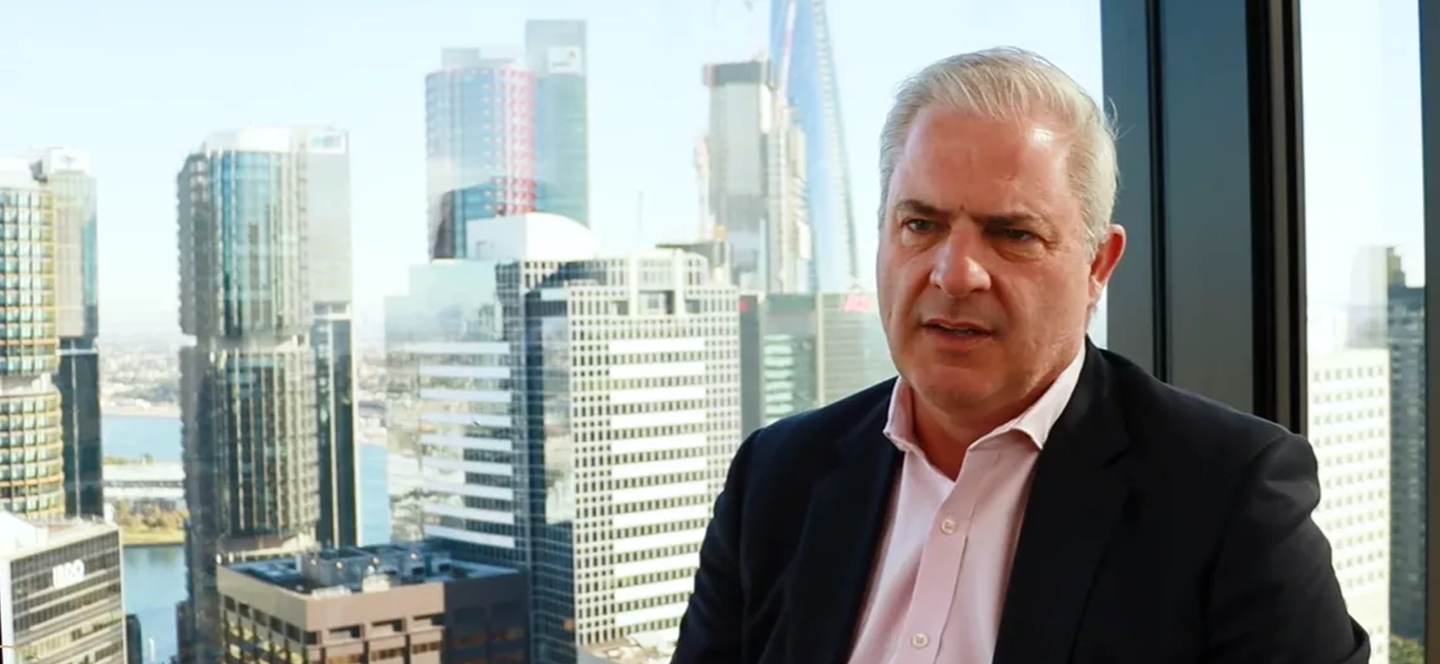

If markets are anything, they are rarely boring. And sometimes they can be downright crazy.
The last few weeks are testament to the wild swings investors can experience when both emotion and crowd behaviour take control of the investing process.
For seasoned investors, they’re a reminder of how quickly things can change, the non-linear nature of stock prices and the danger that lurks in certain investment strategies.
For those new to investing they can hold out the promise of quick riches - provided you get the timing right.
The GameStop saga recap
For anyone who missed the GameStop saga, a company at risk of bankruptcy catapulted from a few dollars to over $480 on 28 January when a swarm of day traders, encouraged by internet forums, decided to take on some hedge funds who were short the stock.
In sympathy, a bunch of other highly shorted stocks followed suit.
Short selling 101
In a short sale, a trader is able to sell a stock they don’t own, and will profit by buying the stock back should its price decline.
As the trader doesn’t own the stock, they must borrow it from another owner to fulfil the sale contract.
There are two pertinent points here, firstly a ‘short seller’ must be able to borrow the stock from someone, and secondly if the lender requests it back, the seller must on-borrow it from someone else, and if they cannot, they must buy it on market.
Short selling’s uniquely dangerous quirk
Short selling contains a dangerous quirk which doesn’t apply when you buy a stock – and it relates to the asymmetry of returns.
The beauty in owning a stock is you can make multiples of your initial investment, while on the downside the most you can lose is your initial outlay.
With a short sale, your upside is limited to a 100% return and then only if the stock price goes to zero. Your downside however is unlimited – in theory you may have to pay any price to buy it back.
Unfortunately, short positions become a bigger problem in a portfolio when they don’t work (ie. when the stock price doesn’t fall) - the exact opposite of stocks you own.
The short squeeze
The danger in short selling is exacerbated when a significant percentage of a company’s stock outstanding has been short sold, referred to as a ‘crowded short’.
A ‘short squeeze’ can occur where the stock price rises, as traders anticipate and act on even higher prices and as short sellers are ‘forced to cover.’ A reinforcing feedback loop can develop as new players are attracted by the price action.
Important lessons from short squeezes
In short squeezes, fundamentals no longer matter. Price rises begets further price rises. The game continues, until it stops. And when it stops, a new breed of investors late to the game learn some important lessons:
- Firstly, stock prices don’t always go up
- Secondly, buying on the basis of price action is dangerous
- Finally, discarding a company’s underlying fundamentals as an input to the investment process can be a capital destroying strategy.
The history of markets is littered with short squeezes. In 2008 a group of hedge funds learnt the hard way the asymmetric danger of shorting, when for a moment, Volkswagen became the world’s most valuable company.
While the GameStop short squeeze shares similar traits of past squeezes, the emergence of a new powerful clique of stampeding retail investors primed by free brokerage and united through social media brings a new twist to a centuries old market phenomena. The speed with which prices moved have rarely been witnessed before. For short sellers, as one veteran noted, “It’s downright dangerous, frightening and scary.”
Implications for investors, and the ‘greater fool theory’
Of course everyone would like to jump on the next parabolic short squeeze. The challenge is always timing - get it wrong and you’ll take some serious losses. Many of those retail investors who jumped on the GameStop bandwagon, just like the Volkwagen squeeze, are nursing some serious losses. The Financial Times noted:
“But by the end of Thursday, more than $36bn has been wiped from the valuations of the five main companies whose shares rocketed higher at the end of January. The fallout from one of the wilder trading episodes of the past decade underscores the risks faced by inexperienced traders armed with no-fee trading and slick brokerage apps.”
When you buy a stock whose price is completely divorced from the underlying company’s fundamentals you’re relying on the ‘greater fool theory’; everyone recognises the share price is rising solely because shorts are being squeezed. When the squeeze is over, the price ordinarily finds its way back to earth.
Short-selling’s risk profile has kept many of the world’s great investors away. Portfolios must be durable and able to withstand unexpected events, even those that might not yet have been experienced. The asymmetric return profile of short selling can eradicate decades of investment success. Today’s new breed of retail investor brings a heightened level of risk to the strategy.
A time-tested way of doing well in markets
To do well in markets, the good news is you don’t need to short sell or predict the next big squeeze. Identifying and purchasing high quality businesses at reasonable prices is a time-tested way of delivering attractive returns.
Remember, the power of compounding is great - give it time and don’t get in its way. Stay on the right side of the asymmetry of returns and don’t chase stocks on the basis of price alone.
As Charlie Munger noted, "The desire to get rich fast is pretty dangerous.”
For more information about our equities capabilities and solutions, please get in touch.
Important Information: This material has been prepared by MA Investment Management Pty Ltd (ACN 621 552 896) (“MA Financial Group”), a Corporate Authorised Representative of MA Asset Management Ltd (ACN 142 008 535) (AFSL 327 515). The material is for general information purposes and must not be construed as investment advice. This material does not constitute an offer or inducement to engage in an investment activity nor does it form part of any offer or invitation to purchase, sell or subscribe for in interests in any type of investment product or service. This material does not take into account your investment objectives, financial situation or particular needs. You should read and consider any relevant offer documentation applicable to any investment product or service and consider obtaining professional investment advice tailored to your specific circumstances before making any investment decision. This material and the information contained within it may not be reproduced or disclosed, in whole or in part, without the prior written consent of MA Financial Group. Any trademarks, logos, and service marks contained herein may be the registered and unregistered trademarks of their respective owners.
Nothing contained herein should be construed as granting by implication, or otherwise, any licence or right to use any trademark displayed without the written permission of the owner. Statements contained in this material that are not historical facts are based on current expectations, estimates, projections, opinions and beliefs of MA Financial Group. Such statements involve known and unknown risks, uncertainties and other factors, and undue reliance should not be placed thereon. Additionally, this material may contain “forward-looking statements”. Actual events or results or the actual performance of a MA Financial Group financial product or service may differ materially from those reflected or contemplated in such forward-looking statements. Certain economic, market or company information contained herein has been obtained from published sources prepared by third parties. While such sources are believed to be reliable, neither MA Financial Group or any of its respective officers or employees assumes any responsibility for the accuracy or completeness of such information. No person, including MA Financial Group, has any responsibility to update any of the information provided in this material.





